Real Life Accident: Ineffective BRM and Lack of Communication Results In Collision of Two Vessels
In darkness, two vessels under pilotage were approaching each other in a very restricted canal. Shortly after rounding the bend in the canal, the vessels came into view of one another. It appeared to the pilot of vessel A that vessel B was slightly crowding the north side of the channel. Accordingly, he decided to give a little more room for the meeting to take place by moving closer to the north bank.
The pilot did not communicate his intentions to either the pilot of the other vessel nor to the navigation personnel of his ship. When satisfied with the vessel’s position in the channel, he asked the helmsman to steer 248° gyro (G). The helmsman complied but found that the vessel needed regular inputs of 5° to 10° starboard helm in order to maintain the heading. The OOW was standing by the helmsman, verifying his actions.
For the next few minutes, more than 10° starboard helm was applied to maintain the heading on vessel A. Thereafter, 20° to 30° starboard helm was necessary to steer the desired course and, as the vessel had a flap type rudder, the helmsman was able to keep the required course of 248°. During this time, the pilot reportedly glanced at the rudder angle indicator from time to time, but there was no exchange of information among bridge team members. During this time the pilot gradually reduced the propeller pitch to slow the vessel down before the meeting. Since completing the bend at 7.6 knots, vessel A was now making 5.7 knots.
There is conflicting information with respect to the helm orders given next on vessel A. The navigation personnel maintain that the pilot ordered the helm amidships, whereas the pilot does not recollect this order. The helm was nonetheless put to midships and the vessel immediately started to sheer to port. Full starboard helm was then applied, but the vessel’s heading continued to swing to port. The two vessels collided near mid-channel at a combined speed of approximately 6 knots.
Some of the findings of the report were as follows:
- The bank suction effect on vessel A became progressively more pronounced, requiring increasing starboard helm; placing the helm amidships caused the vessel to sheer to port.
- There was no relevant communication between the pilots of the two vessels throughout the developing situation.
- Ineffective Bridge Resource Management (BRM) aboard vessel A resulted in critical information not being shared with the pilot, thus precluding timely action.
Reference & Image Credits: nautinst
Do you have info to share with us ? Suggest a correction
- Real Life Incident: Vessel Collision in Good Visibility
- Real Life Incident: Severe Injury To Deck Crew While Leaving Berth
- Real Life Incident: Departure Damage in Very Restricted Waterway
- Real Life Incident: Low Situational Awareness Has High Impact Consequence
- Real Life Incident: Fouled Anchor in a Designated Anchorage
- Real Life Incident: Fire On Barge Carrying Scrap Metal Causes $7 Million Worth Of Damage
Latest Case studies Articles You Would Like:
Subscribe To Our Newsletters
By subscribing, you agree to our Privacy Policy and may receive occasional deal communications; you can unsubscribe anytime.



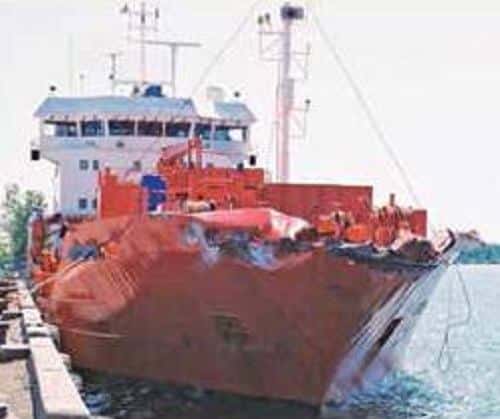
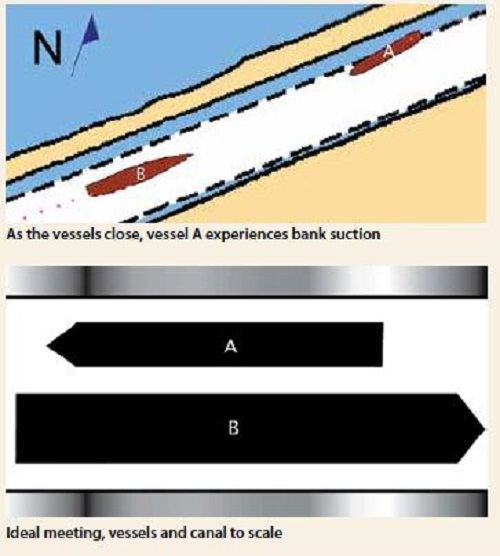







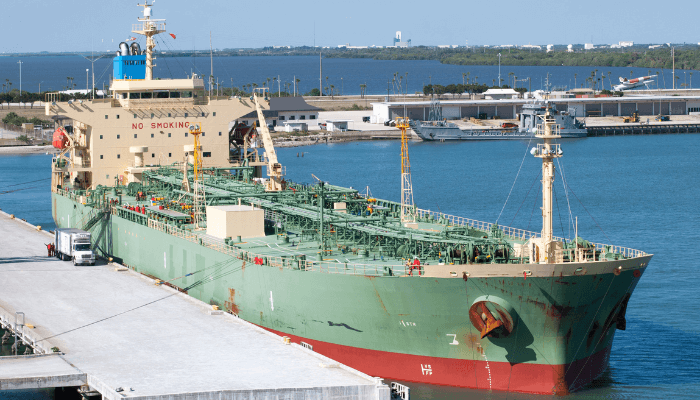
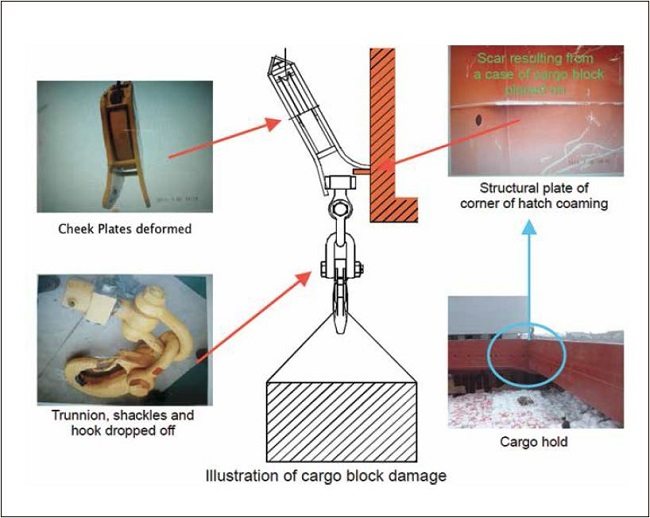
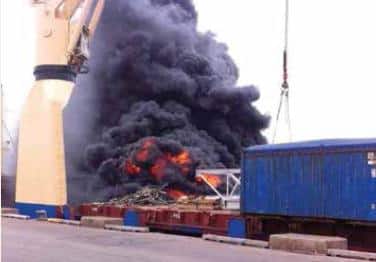
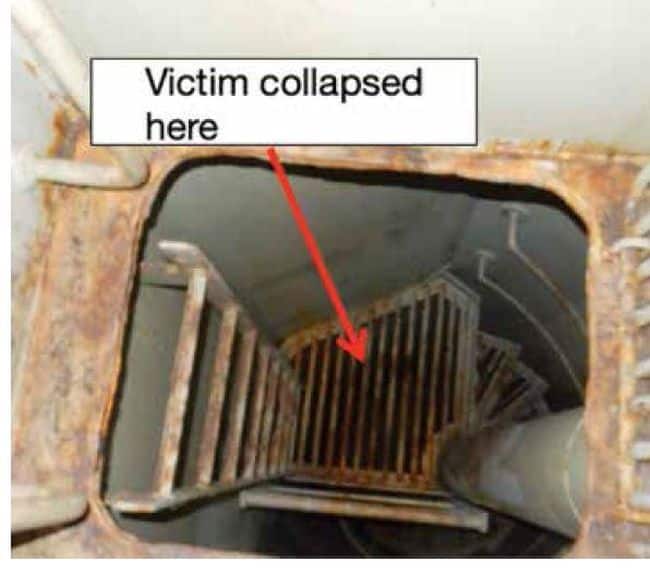
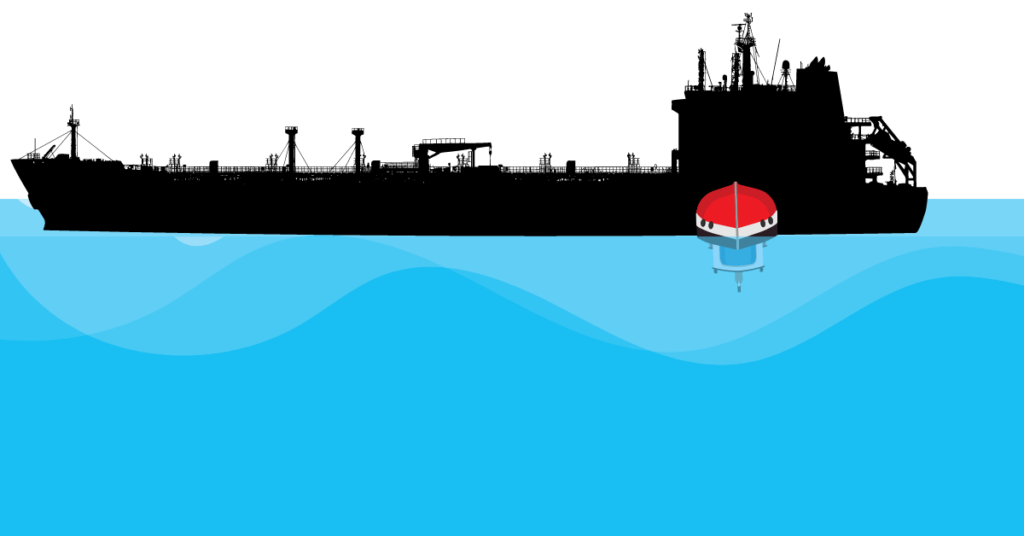

Why comunications would change the facts?